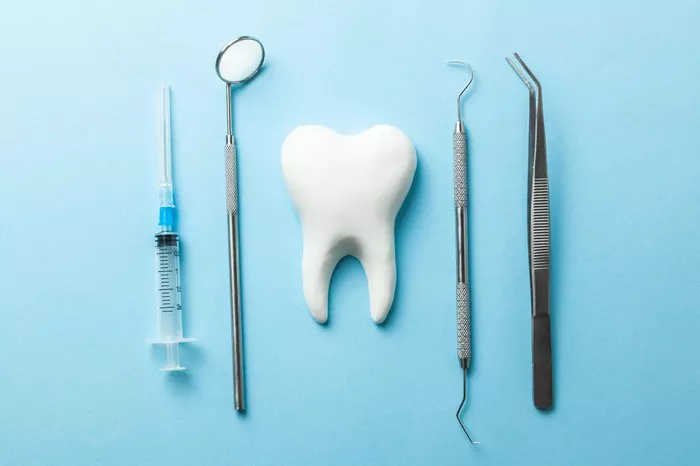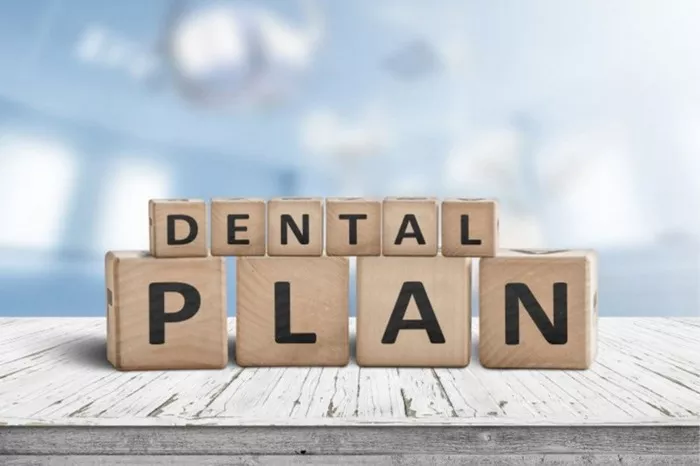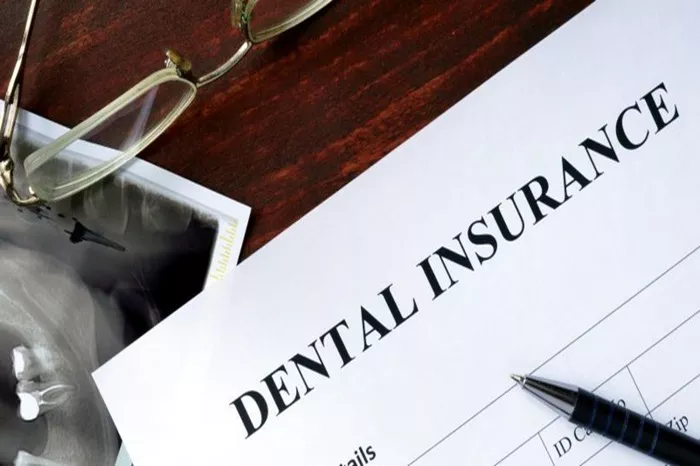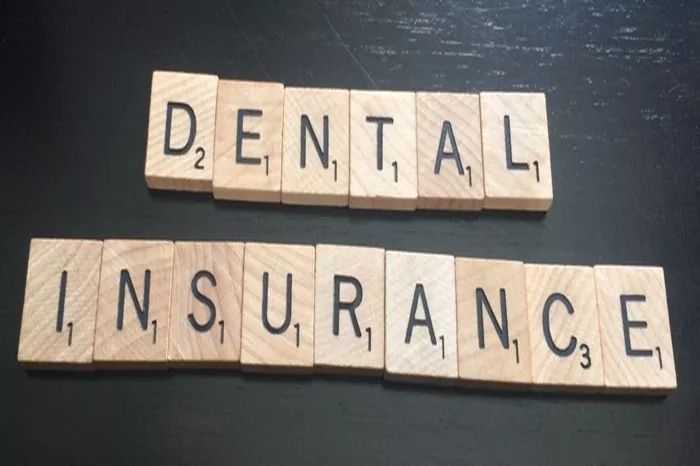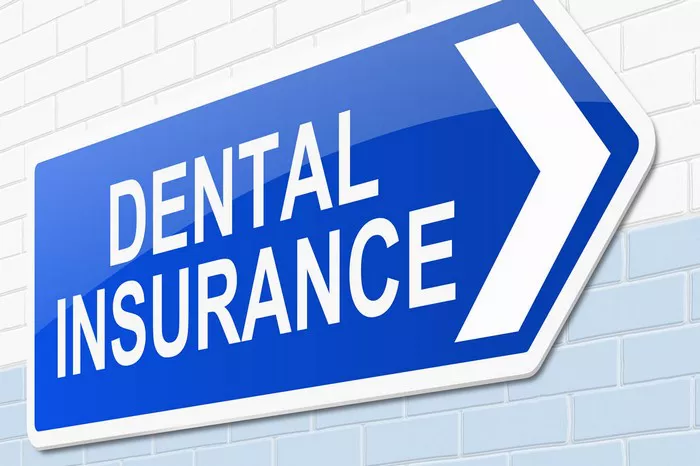Understanding the cost of dental insurance is essential for anyone looking to manage their dental health expenses effectively. Dental insurance can provide significant financial relief for routine care and major dental procedures. However, the cost of dental insurance varies widely depending on several factors, including the type of plan, coverage options, location, and individual or family needs.
This article will explore the various aspects that influence the cost of dental insurance, providing a comprehensive guide to help you make an informed decision.
Factors Influencing the Cost of Dental Insurance
Several factors influence the cost of dental insurance, making it essential to understand what drives these variations in price. By breaking down these factors, you can better gauge how much you might expect to pay for dental coverage.
1. Type of Dental Insurance Plan
The type of dental insurance plan you choose significantly impacts the overall cost. There are several types of dental insurance plans, each offering different levels of coverage and flexibility.
Preferred Provider Organization (PPO): PPO plans offer a network of dentists who provide services at a discounted rate. These plans are popular for their flexibility, allowing you to see any dentist, though staying within the network saves more money. PPO plans tend to be more expensive due to their flexibility and broader range of coverage.
Health Maintenance Organization (HMO): HMO plans require you to choose a primary care dentist and get referrals for specialist care. These plans are typically more affordable than PPOs but offer less flexibility. You must stay within the network to receive coverage.
Indemnity Plans: Also known as fee-for-service plans, indemnity plans offer the most flexibility, allowing you to visit any dentist. The insurer reimburses you for a portion of the dental expenses. These plans tend to be the most expensive due to the high level of freedom and coverage they provide.
Discount Dental Plans: These are not traditional insurance plans but provide discounts on dental services at participating dentists. They are generally the most affordable option but offer limited benefits.
2. Coverage Levels
The extent of coverage also plays a significant role in determining the cost of dental insurance. Most dental insurance plans cover three main categories of care:
Preventive Care: This includes routine checkups, cleanings, and x-rays. Most plans cover preventive care at 100%, meaning there is no out-of-pocket cost for these services.
Basic Care: This includes procedures like fillings, extractions, and periodontal treatments. Typically, plans cover around 70-80% of the cost, with the patient responsible for the remaining balance.
Major Care: This includes more complex procedures like crowns, bridges, dentures, and root canals. Coverage for major care is usually around 50%, with the patient covering the rest.
Plans that offer more extensive coverage for basic and major care tend to be more expensive. However, they provide greater financial protection against costly procedures.
3. Deductibles and Co-pays
Deductibles: The deductible is the amount you must pay out-of-pocket before your insurance starts covering dental expenses. Plans with lower deductibles tend to have higher premiums, while those with higher deductibles may have lower monthly costs.
Co-pays: A co-pay is a fixed amount you pay for a specific service, such as a visit to the dentist. Plans with lower co-pays generally have higher premiums, while plans with higher co-pays are more affordable monthly but require more out-of-pocket spending for each service.
4. Annual Maximums
The annual maximum is the most your insurance will pay for dental care in a given year. If your dental expenses exceed this amount, you will be responsible for covering the difference. Plans with higher annual maximums typically cost more but offer better coverage, especially for those who require extensive dental work.
5. Waiting Periods
Many dental insurance plans have waiting periods before certain types of coverage kick in. For example, major procedures like crowns or root canals might have a six-month to one-year waiting period. Plans with shorter or no waiting periods often come at a higher cost.
6. Location and Provider Network
The cost of dental insurance can also vary based on your geographic location and the network of providers available in your area. Urban areas with a higher cost of living tend to have more expensive premiums than rural areas. Additionally, the size of the provider network can impact costs. Larger networks may offer more competitive pricing, while smaller networks might be more expensive due to limited options.
See Also: How Does My Dental Insurance Work?
Average Cost of Dental Insurance
Understanding the average cost of dental insurance can help you set realistic expectations and budget accordingly. The cost can vary significantly based on the factors mentioned above, but here is a general overview.
1. Individual Plans
PPO Plans: On average, individual PPO dental insurance plans range from $20 to $50 per month. The annual premium typically falls between $240 and $600.
HMO Plans: Individual HMO dental plans are generally more affordable, with premiums ranging from $15 to $40 per month. Annually, this equates to $180 to $480.
Indemnity Plans: These plans are the most expensive, with premiums ranging from $30 to $60 per month, or $360 to $720 per year.
Discount Plans: Discount dental plans are the cheapest, with costs ranging from $10 to $20 per month, totaling $120 to $240 annually.
2. Family Plans
Family dental insurance plans naturally cost more than individual plans, as they cover multiple members.
PPO Plans: Family PPO plans can range from $50 to $150 per month, depending on the number of family members and the level of coverage. Annually, this can cost between $600 and $1,800.
HMO Plans: Family HMO plans are more affordable, with premiums ranging from $30 to $100 per month, totaling $360 to $1,200 per year.
Indemnity Plans: Family indemnity plans can cost between $60 and $120 per month, or $720 to $1,440 annually.
Discount Plans: Family discount plans are the most affordable, ranging from $20 to $40 per month, or $240 to $480 per year.
Cost-Saving Tips for Dental Insurance
While dental insurance is an important investment in your health, there are ways to save on your premiums without sacrificing necessary coverage.
1. Compare Plans
One of the most effective ways to save on dental insurance is to compare multiple plans. Consider the coverage, premiums, deductibles, and network size. Online comparison tools can help you identify the most cost-effective option that meets your needs.
2. Consider a Discount Plan
If you primarily need coverage for routine preventive care, a discount dental plan might be a more affordable option. These plans provide significant savings on basic and major procedures without the higher premiums associated with traditional insurance.
3. Utilize Preventive Care
Most dental insurance plans cover preventive care at 100%. Regular checkups and cleanings can help prevent more costly procedures down the line, maximizing your insurance benefits and keeping your overall dental expenses low.
4. Choose In-Network Providers
Using in-network providers can save you a considerable amount of money. Out-of-network providers often charge higher rates, and your insurance may cover less of the cost, leading to higher out-of-pocket expenses.
5. Opt for a Higher Deductible
If you are generally in good dental health and do not anticipate needing major procedures, consider choosing a plan with a higher deductible. This can lower your monthly premiums, saving you money over time.
Conclusion
Dental insurance is an essential tool for managing the cost of dental care. While the cost of dental insurance varies based on several factors, understanding these variables can help you choose the right plan for your needs. Whether you opt for a PPO, HMO, indemnity plan, or discount dental plan, the key is to balance the cost with the level of coverage you require.
Investing in dental insurance can provide peace of mind, financial protection, and access to necessary care, ensuring that your dental health remains a priority without breaking the bank. By comparing plans, considering your dental health needs, and exploring cost-saving strategies, you can find a dental insurance plan that fits your budget and provides the coverage you need.

